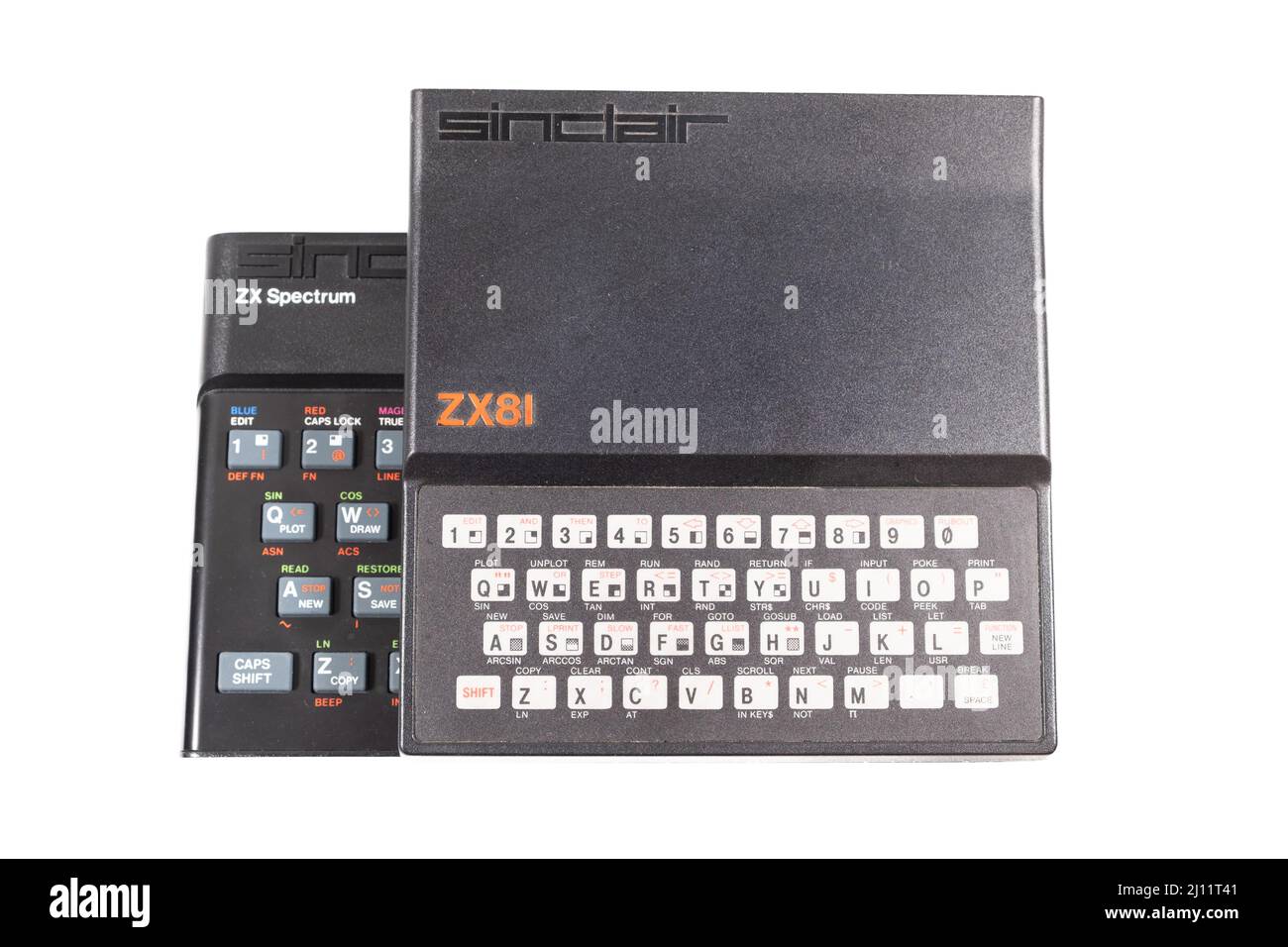


Sunwoldb liked Tiny Solar Energy Module (TSEM).Hide information about Sinclair ZX Spectrum.can.akcay liked Mini Lathe (Emco Compact 5) CNC Conversion.Michael Gardi wrote a reply on MCM/70 Reproduction.PhylumChordata liked Tracer - A Wearable for Things!.Enrico Gueli wrote a comment on project log Reverse engineering the EPROM.D.A.Fontayne liked SLS4All - Affordable SLS 3D Printer.Bud Bennett has added a new project titled Tippy Timer.Ken Yap wrote a comment on project log Reverse engineering the EPROM.Bud Bennett has updated details to Tippy Timer.Chris on Tricking A Smart Meter Into Working On The Bench.GK on Using A Vacuum Diode To Make The Cleanest Noise Source You’ve Ever Seen.tekkieneet on Making Your Own Technically-HDMI OLED Monitor.JacobR on #FreeDMO Gets Rid Of DYMO Label Printer DRM.BT on Busted 1960s Vacuum Tube Radio Sings Again.sdfdsfdsf on Monitoring Water Quality Using Lots Of Sensors And Machine Learning.Wolfgang on Using A Vacuum Diode To Make The Cleanest Noise Source You’ve Ever Seen.SK on NVIDIA Unveils Jetson AGX Orin Developer Kit.Thomasns on Making Your Own Technically-HDMI OLED Monitor.Visit The World’s Largest Computer Museum: The Heinz Nixdorf 16 Comments Posted in Retrocomputing Tagged prototype, sinclair, sinclair spectrum, spectrum, ZX Spectrum Post navigation And if prototype home computers are your thing, this certainly isn’t the first to grace these pages. If you haven’t been to the Centre for Computing History yet, we suggest you take a look at our review from a couple of years ago. We’ll certainly be dropping in to see it next time we’re in Cambridge. It may not look like much, but that protoboard had a hand in launching a huge number of people’s careers in technology, and we suspect that some of those people will be Hackaday readers. This machine is a remarkable artifact, and we should all be indebted to Nine Tiles for ensuring that it is preserved for those with an interest in computing to study and enjoy. Decent quality key switches make a stark contrast to the rubber keys and membrane that Spectrum owners would later mash to pieces playing Daley Thompson’s Decathlon. The ULA chip is a pre-production item in a ceramic package, and the keyboard is attached through a D connector. This is a 16k model, there is no expansion connector, and the layout is back-to-front to that of the final machine. The board itself is a standard wire-wrap protoboard with all the major Spectrum components there in some form. The write-up and the video we’ve placed below the break give some detail on the history of the ROM project, the pressures from Sinclair’s legendary cost-cutting, and the decision to ship with an unfinished ROM version meaning that later peripherals had to carry shadow ROMs with updated routines. It came to the museum from Nine Tiles, a local consultancy firm that had been contracted by Sinclair Research in the early 1980s to produce the BASIC ROM that would run on the replacement for their popular ZX81 home microcomputer. The wire-wrapped prototype board they reveal with a flourish from beneath a folded antistatic mat is no ordinary computer, because it is the prototype Sinclair ZX Spectrum. Many are interesting but mundane, but the subject of their latest video is far from that.

The Centre for Computing History in Cambridge, UK, receive many donations from which they can enrich their collection and museum displays.


 0 kommentar(er)
0 kommentar(er)
